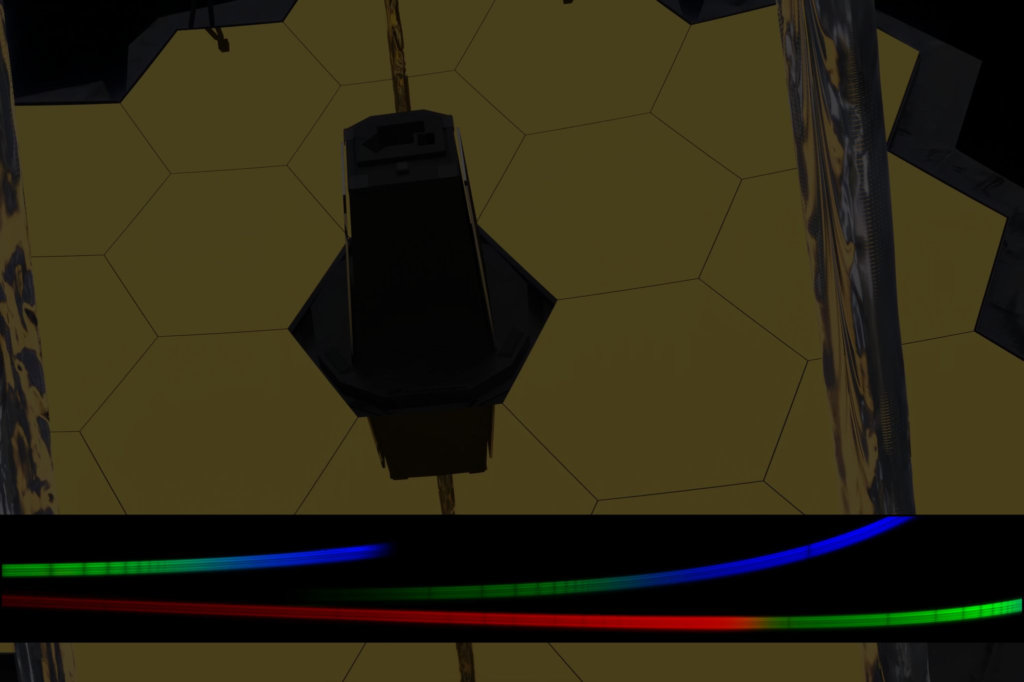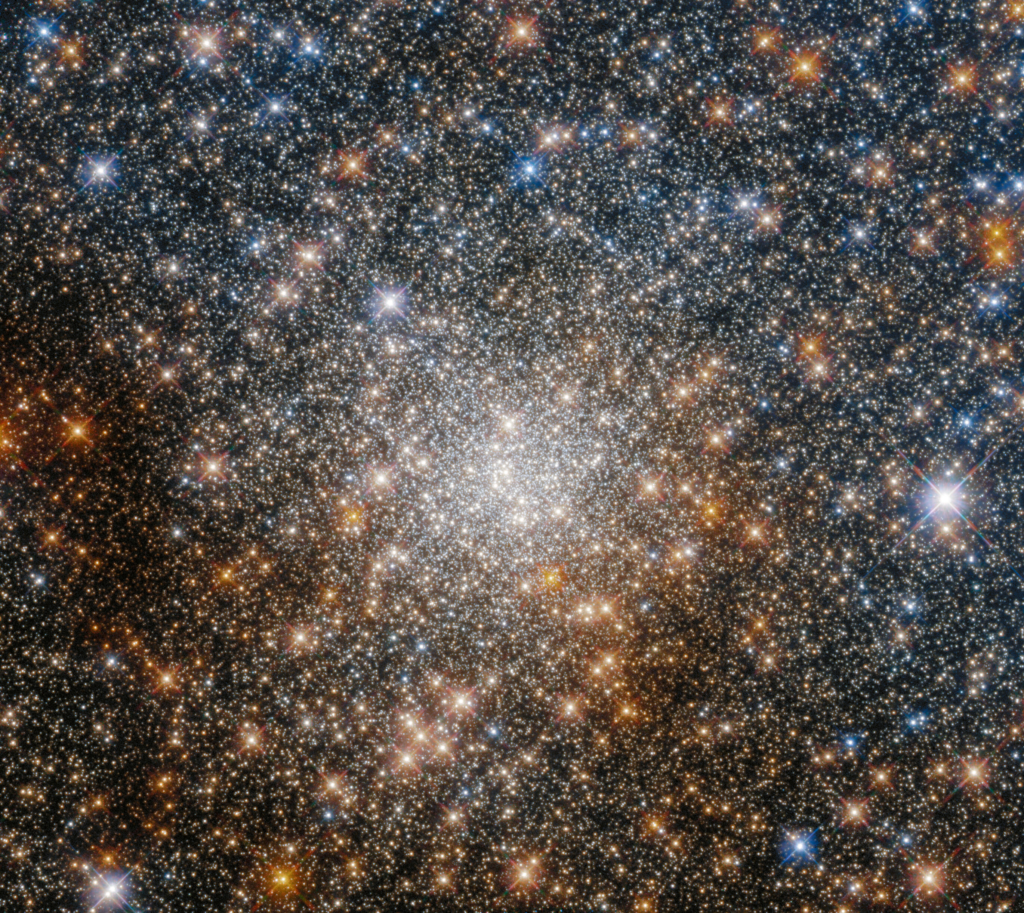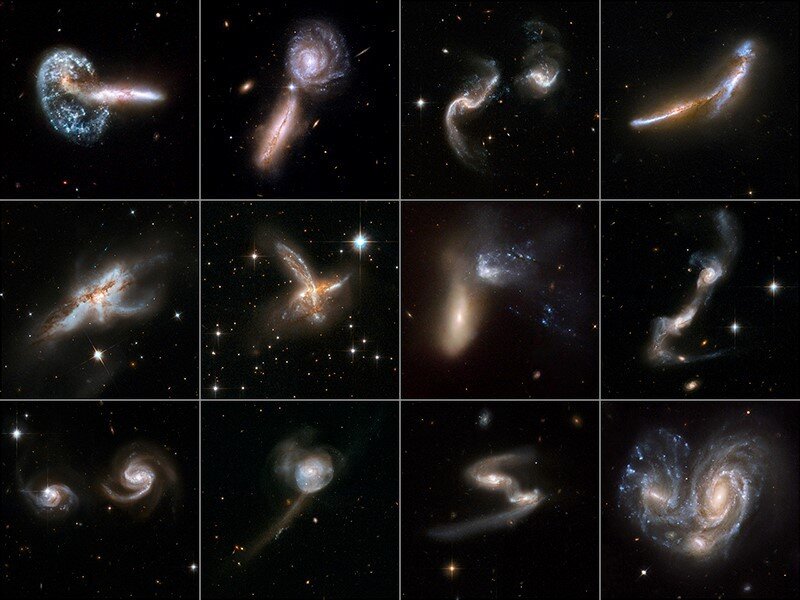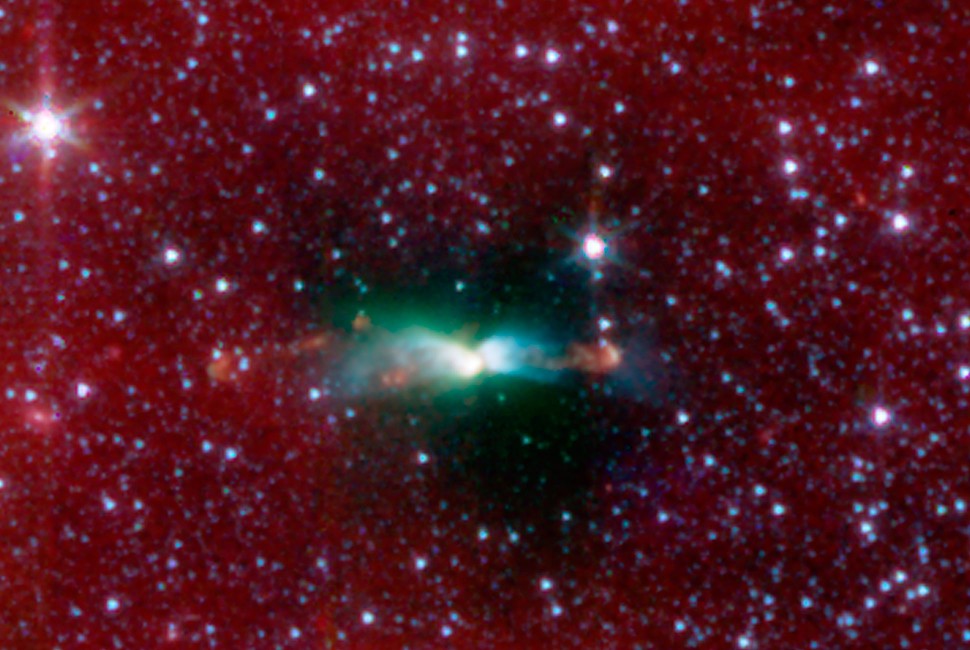NASA’s Webb’s Mid-Infrared Instrument is prepared to perform science
The James Webb Space Telescope’s Mid-Infrared Instrument (MIRI) has concluded its post-launch preparations and is now prepared to do science. The last MIRI mode to be approved was its coronographic imaging capability, which uses two different designs of masks to block off light from a star to make observations of the star’s orbiting planets. These […]
NASA’s Webb’s Mid-Infrared Instrument is prepared to perform science Read More »









